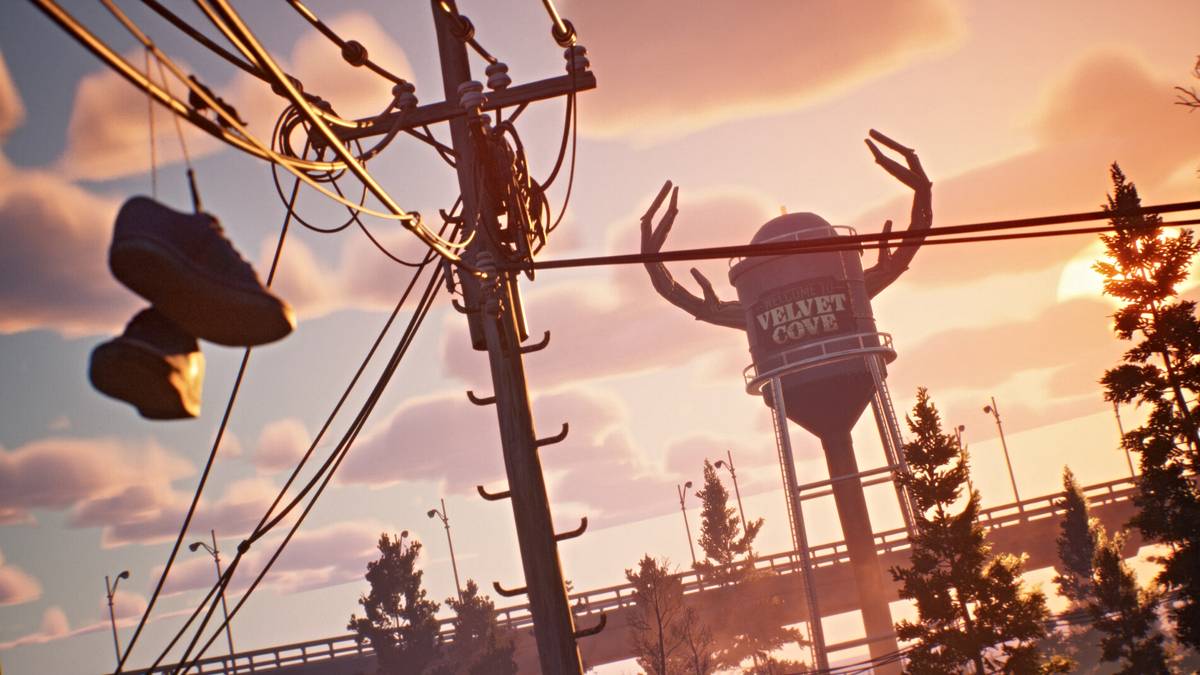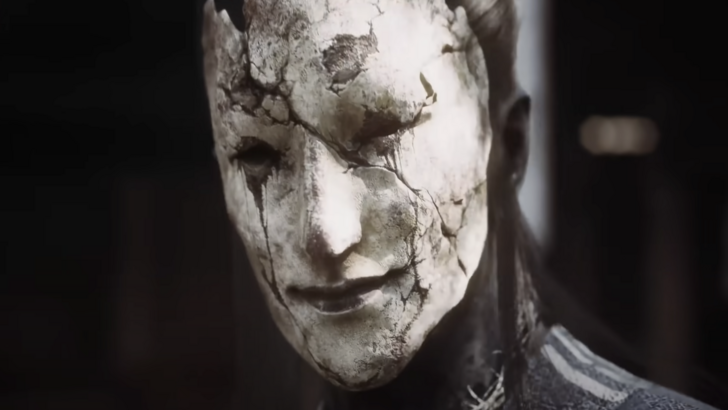If, like many of us, you’ve got a collection of DVDs proudly displayed on your shelf, recent reports may have sparked concern about whether any of them have fallen victim to disc rot. While the term “DVD rot” might not be familiar to everyone, the issue itself has long been known among physical media collectors. Disc degradation has affected various formats over the decades—from LaserDiscs and CDs to video game discs—due to chemical deterioration caused by a range of environmental and manufacturing factors. This decay can lead to playback issues, and in severe cases, render discs completely unreadable.
While encountering disc rot is often a matter of bad luck, there are documented cases where the problem stemmed from production flaws. One such case involves Warner Bros. DVDs manufactured between 2006 and 2009. The issue recently gained renewed attention thanks to an article by JoBlo’s Chris Bumbray, who discovered rot in WB-released box sets featuring classics like Humphrey Bogart and Errol Flynn films. However, for a niche group of collectors, this has been a known concern for years, thoroughly investigated and explained by physical media expert Spencer Draper—better known as Damn Fool Idealistic Crusader—on his YouTube channel in a video published in late 2021. Draper notes that others had already begun noticing signs of the problem before he started digging deeper.
The Root Cause and Warner Bros.’ Response
Through extensive research, Draper and fellow collectors traced the issue back to a specific manufacturing plant operated by Cinram in Pennsylvania, now closed. Not all Warner Bros. DVDs from that era were affected—only those produced at this facility. The key identifier lies in the microscopic manufacturing codes etched into the inner ring on the data side of the disc (more on how to check these later).
Draper, who owns an estimated 5,000–6,000 movies across multiple formats, began inspecting his entire DVD collection after learning about the issue. He shared, “I did the mad panic check of every single disc, one at a time.” Unfortunately, standard digital backups or scans don’t always reveal early signs of rot. As Draper explains, only full playback testing—including the main feature, bonus materials, and menus—can confirm a disc’s integrity.
After reaching out to Warner Bros. Home Entertainment, Draper faced a slow and sometimes frustrating process. However, as detailed in a follow-up video, WB eventually sent him replacement copies of every affected title they still had in production.
IGN contacted Warner Bros. Home Entertainment, and the studio provided the following statement:
*“Warner Bros. Home Entertainment is aware of potential issues affecting select DVD titles manufactured between 2006 – 2009 and has been working directly with consumers on replacements or alternate solutions for nearly a decade. Any consumer who is experiencing an issue can contact* *[email protected]**. This is not a new issue. A website recently experienced this issue themselves and decided to write a story about it (since updated), which has caused the latest news. WBHE has been working with consumers for nearly a decade when it was first brought to our attention. We have offered replacements when possible, or an alternate title when needed. Some of the discs are now out of print or the titles no longer licensed for DVD release. In these cases, WBHE offered an alternate title as a replacement.”*
This aligns closely with the response given to JoBlo, though it expands the affected timeframe to include 2009—a detail confirmed by Draper’s own findings.
How to Check If Your DVDs Are Affected
If you’re concerned about your collection, start by checking the copyright year on the back of the DVD case. Titles released between 2006 and 2009 are the most likely candidates for disc rot. Anything outside that window should generally be safe—at least for now.

To verify further, examine the disc itself. Flip it over and look at the inner ring on the data side. If you see the letters “IFPI,” especially in combination with certain codes, it may indicate the disc came from the problematic Pennsylvania plant. These markings are extremely small, so you may need a magnifying glass or macro lens to spot them clearly.
Alternatively, check the back cover of the DVD case. If it features a small blue stamp that reads “Disc Made in Mexico,” then you can rest assured—it was produced elsewhere and is not part of the affected batch.
Still unsure? Draper suggests a simple test: pop the disc into your player and fast-forward through the entire film and bonus content. It may sound tedious, but it’s one of the best ways to catch early signs of playback issues.
Draper maintains a helpful list of known affected titles—a valuable resource for anyone concerned about their collection or considering purchasing older releases. For example, HBO’s *Tales From the Crypt* DVD sets were impacted, and due to rights complications, they remain unavailable digitally. Fans wanting to own the series must rely on these physical editions, knowing there’s a risk some discs won’t play correctly.
Understanding DVD Longevity
While the Warner Bros. DVD rot issue is concerning, it's important to note that widespread disc degradation remains rare. According to Sony’s official statement, a typical DVD has an estimated life expectancy of 30 to 100 years when stored and handled properly. With DVDs approaching their fourth decade since introduction in 1996, most well-preserved discs continue to function without issues.

Draper confirms this observation: “I have early Warner DVDs from 1997, the first [WB] year, snapper case era, perfectly fine. No issues whatsoever.”
Blu-rays also seem largely unaffected, although there have been isolated incidents—such as reports from France linked to a specific manufacturer. Meanwhile, HD DVDs, the format that lost the high-definition war to Blu-ray, are now almost entirely nonfunctional regardless of condition.
Criterion Collection once faced a similar rot problem with select Blu-rays, but unlike Warner Bros., they responded swiftly and transparently, providing public lists of affected titles and launching an exchange program. Draper hopes Warner Bros. will follow suit with more openness in the future.
Replacement Challenges and Bonus Content Loss
Contacting [email protected] is the recommended way to seek replacements, though responses vary widely in both speed and effectiveness. Some fans report delays or requests for receipts—difficult for purchases made years ago or received as gifts.
Even if a newer version of a film exists, it may lack bonus features found on the original DVD. Draper personally encountered this with the 2006 *Pat Garrett and Billy the Kid* two-disc set, which included exclusive extras not carried over to newer reissues, including its recent Criterion 4K UHD edition.
For physical media collectors, owning a tangible copy ensures access to content regardless of streaming availability. However, the Warner Bros. DVD rot issue serves as a reminder that even physical formats aren't immune to obsolescence—especially when manufacturing flaws come into play.



















